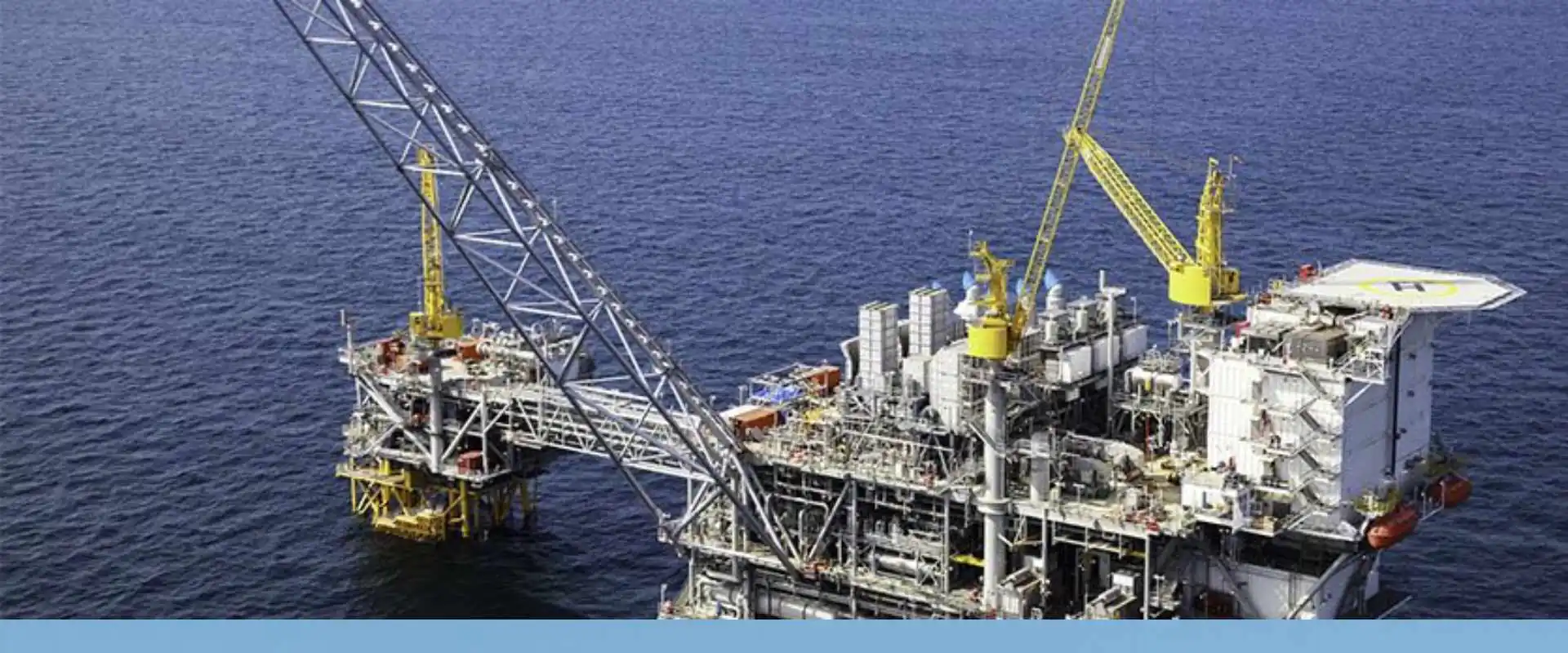Understanding the Current Oil & Gas Industry Challenges
The oil and gas industry, often referred to as the backbone of the global economy, operates in an intricate and ever-changing environment. Despite its essential role, the sector is riddled with significant challenges that require innovative solutions and strategic foresight. From regulatory changes to sustainability pressures, to rapid technological advancements and geopolitical uncertainties, the industry must constantly adapt to thrive. As global energy demands evolve, understanding and addressing these obstacles are crucial for ensuring resilience and long-term success in this dynamic sector.
Key challenges
- The Impact of Regulatory Shifts
- Market Volatility
- Technological Transformation
- Sustainability Pressures
- Workforce Challenges
- Financial and Operational Risks
The Impact of Regulatory Shifts on the Oil & Gas Industry
Increasingly Stringent Environmental Standards
One of the most pressing oil & gas industry challenges is navigating the tightening grip of environmental regulations. Governments worldwide are enforcing stringent policies to mitigate the sector’s environmental footprint. For instance, carbon taxation and emission reduction targets demand that companies adopt cleaner technologies and practices—an effort that often requires substantial investment.
Navigating Geopolitical Instability
Geopolitical factors play a pivotal role in determining oil and gas operations. Trade restrictions, sanctions, and territorial disputes can severely disrupt supply chains and lead to financial losses. Companies operating in volatile regions face heightened risks, making geopolitical strategy a cornerstone of their business operations.
Adapting to Rapid Policy Changes
The oil and gas sector is increasingly impacted by sudden shifts in government policies, such as unexpected tax reforms or changes in licensing agreements. These rapid policy changes can disrupt long-term project planning and affect profitability. Companies must remain agile and maintain close collaboration with policymakers to anticipate and adapt to these changes effectively.
Managing Compliance Costs
Compliance with evolving regulations comes with substantial costs, ranging from adopting new technologies to conducting environmental impact assessments. Smaller companies, in particular, struggle to meet these demands while remaining competitive. Strategic investments in compliance tools and expertise are essential for mitigating these financial pressures and ensuring continued operations.
Market Volatility: A Persistent Challenge
Fluctuating Oil Prices
The cyclical nature of oil prices continues to be one of the most significant challenges. Market volatility, influenced by factors like global demand, OPEC decisions, and economic conditions, impacts profitability and investment strategies. Companies must adopt robust risk management practices to mitigate financial instability.
Balancing Supply and Demand
Predicting global energy demand is no easy feat. Rapidly changing consumption patterns, driven by urbanization in developing countries and the energy transition in developed economies, create an uncertain landscape for supply chain planning and resource allocation.
Technological Transformation: Opportunities and Challenges
Leveraging Digital Innovation
The digital revolution presents both opportunities and challenges for the oil and gas sector. Technologies such as AI, IoT, and advanced analytics enable improved operational efficiency and decision-making. However, integrating these technologies across legacy systems is a daunting task.
Cybersecurity Threats
As the sector becomes more digitized, it faces an increase in cybersecurity risks. Oil and gas companies are attractive targets for cybercriminals due to the critical nature of their infrastructure. A single breach can cause widespread disruptions and financial loss, necessitating robust cybersecurity protocols.
Embracing Automation in Operations
Automation technologies such as robotics and autonomous drilling systems are revolutionizing the oil and gas sector. These innovations reduce operational costs, enhance precision, and improve safety. However, implementing automation requires significant upfront investment and workforce training, making it a challenge for companies to achieve a smooth transition.
Data Management and Integration
The oil and gas industry generates vast amounts of data from exploration, production, and supply chain activities. Efficiently managing and integrating this data across platforms is critical for actionable insights. Companies must adopt advanced data management solutions to streamline operations and enhance decision-making processes, ensuring they stay ahead in a competitive landscape.
Sustainability Pressures and Energy Transition
Shifting Towards Renewable Energy
The global push towards sustainability has placed immense pressure on the oil and gas sector to diversify its energy portfolio. Companies are investing in renewable energy projects such as wind, solar, and hydrogen. However, this transition is capital-intensive and often met with stakeholder resistance.
ESG (Environmental, Social, and Governance) Expectations
Investors, regulators, and consumers are increasingly prioritizing ESG considerations. Oil and gas companies must demonstrate their commitment to responsible practices, including reducing carbon emissions and fostering community development. Meeting these expectations without compromising profitability remains a significant challenge.
Workforce Challenges in the Oil & Gas Sector
Talent Shortages
As the industry evolves, it requires a workforce equipped with new skills. However, attracting and retaining talent is challenging due to the sector’s reputation for volatility and environmental concerns. Upskilling existing employees and fostering an inclusive culture are critical to addressing this issue.
Safety Concerns
Ensuring employee safety is a top priority in the oil and gas sector. The hazardous nature of operations necessitates rigorous safety standards and training programs. Despite technological advancements, accidents and incidents continue to pose significant risks.
Financial and Operational Risks
Rising Operational Costs
The escalating cost of exploration, production, and compliance is squeezing profit margins. Companies are seeking ways to optimize operations and adopt cost-effective solutions to remain competitive.
Aging Infrastructure
Many oil and gas facilities are operating beyond their intended lifespan. Upgrading or replacing aging infrastructure is both costly and time-consuming, creating an additional layer of operational complexity.
Discover tailored strategies to overcome oil and gas industry challenges—connect with our experts today for actionable insights...
Addressing the Challenges: Strategic Recommendations
Investing in Research and Development
R&D is pivotal for overcoming oil & gas industry challenges. Innovations in drilling techniques, renewable energy integration, and emission reduction technologies can help companies stay ahead of the curve.
Enhancing Collaboration Across the Value Chain
Collaboration between industry players, regulators, and technology providers can drive innovation and efficiency. Partnerships in areas like digital transformation and sustainability are essential for tackling industry-wide challenges.
Implementing Robust Risk Management Frameworks
A comprehensive risk management strategy is crucial for navigating market volatility and geopolitical uncertainties. Companies should adopt predictive analytics and scenario planning to anticipate and mitigate risks effectively.
Prioritizing Workforce Upskilling
The transition to a more technology-driven oil and gas sector demands a skilled workforce. Companies must invest in training programs that focus on digital tools, data analytics, and sustainable practices. Upskilling employees ensures they are equipped to leverage new technologies and adapt to evolving industry needs.
Focusing on Sustainable Practices
Sustainability is no longer optional in the oil and gas sector. Companies should implement initiatives like carbon capture and storage, renewable energy integration, and waste reduction strategies. Embracing sustainability not only aligns with global environmental goals but also enhances brand reputation and stakeholder trust.
Strengthening Supply Chain Resilience
Disruptions in the supply chain can significantly impact operations. Building resilient supply chains through diversification of suppliers, adoption of advanced logistics technologies, and robust contingency planning is critical for minimizing risks and ensuring continuity.
Conclusion: Navigating a Complex Landscape
The modern oil and gas sector operates in a landscape characterized by complexity and uncertainty. From regulatory pressures to technological advancements, the challenges are multifaceted. However, with strategic foresight, investment in innovation, and a commitment to sustainability, the industry can navigate these hurdles and emerge stronger.
As the sector continues to evolve, addressing these oil & gas industry challenges will be key to ensuring its long-term viability and relevance. By embracing change and fostering resilience, the oil and gas industry can contribute to a more sustainable and prosperous future.
Stay ahead of industry trends and tackle challenges effectively—contact us now for innovative solutions.
Related Articles
- Market Potential Analysis | Devising a Business Continuity Plan for a Chinese Oil and Gas Industry Client to Succeed in the Post-COVID-19 World
- Analyzing the Market Landscape of the US Oil and Gas Industry Using Market Research Solution
- Major Roadblocks to Achieving Operational Excellence in the Oil and Gas Industry



